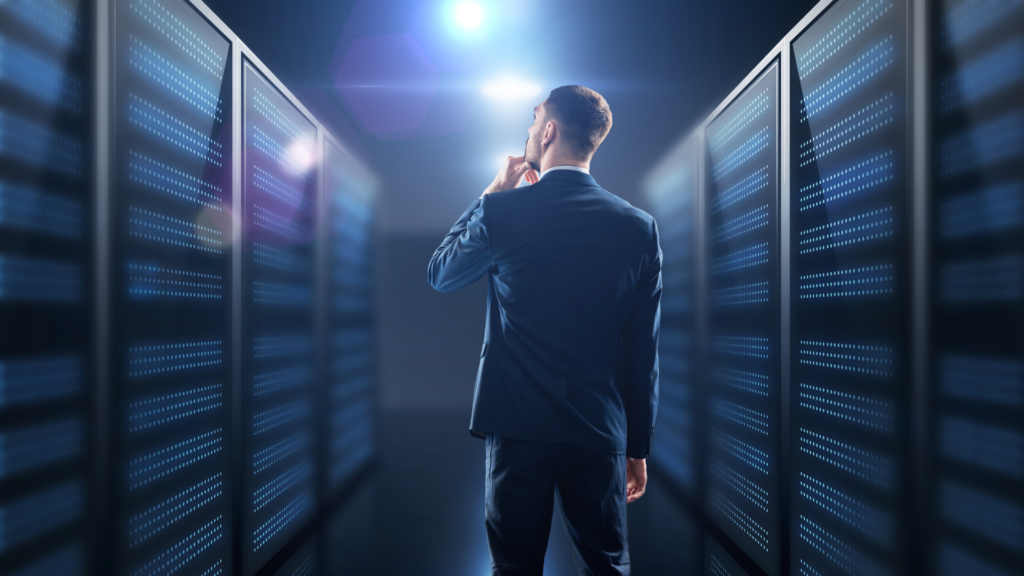

Founder & President
We are all aware of the fossil fuels and energy dependency in the datacenter realm. This is based on the real problem of energy and power, where the exponential growth of big data analysis, cryptocurrency, streaming video, Artificial Intelligence (AI), and the Internet of Things (IoT) are all gobbling up every piece of energy available.
The demand for electricity to power our data processors and streaming services is growing bigger every day, but the supply is not rising to match it. How will the global economy quench the thirst of its own creations in the years to come?
First Steps
Initial efforts to curb the massive power surge include companies taking older hardware offline and rerouting those services to more efficient cloud services and server virtualization solutions. Replacing hard disk drives with flash storage units is both an energy and a physical storage improvement; flash units are only needing power when they are actively in use, and completely dormant the rest of the time.
Of course, while these maneuvers are more energy efficient, they are not free. Plenty of companies would rather continue to continue gobbling up electricity than replace their entire process. Short of installing government mandates, it is difficult to imagine many businesses willingly scrapping their old legacy systems and equipment, buying access to new, virtual replacements, and also paying for all of their employees to get comfortable with the new services.
The other big push is in the acronym PUE, which stands for power usage effectiveness. In layman’s terms, it is the ratio of the total power required to run a data center versus the specific power involved in the compute and storage operations in that facility.
A PUE rating of 1.0 means that the data center is 100% efficient. While most big data operators like cloud companies claim their average PUE numbers are between 1.1 and 1.4, some of the industry watchdogs state this may be the case https://datacentremagazine.com/critical-environments/pushing-limits-data-centre-efficiency.
While some exaggerated claims have been made on how much pollution these facilities are giving off, official statistics and data center energy use are not compiled at either the national or global level. That said, it is undeniable that there is an impact on the amount of pollution generated considering how rapidly it is being used by data centers and processors.
What’s Next?
There is no slowing down the industry. Companies are not going to suddenly regress in terms of how much processing power they devote to AI, IoT, and machine learning (ML). Without incentives or regulations the transition to renewable, green energy sources is moving somewhere between the pace of a glacier and a snail, with 80% of the world’s energy still derived from traditional fossil fuels. Unless there are self-made corporate mandates from companies like Apple, there is a need to find a better way.
Here are two possible ways forward; a massive investment in building more data centers to handle the load and watching fuel costs rise to a tipping point, or the power of human innovation to offer something new. The hope for the latter is clearly the path to a better tomorrow. Considering how far we have come in such a short time; the next solution is out there somewhere.


